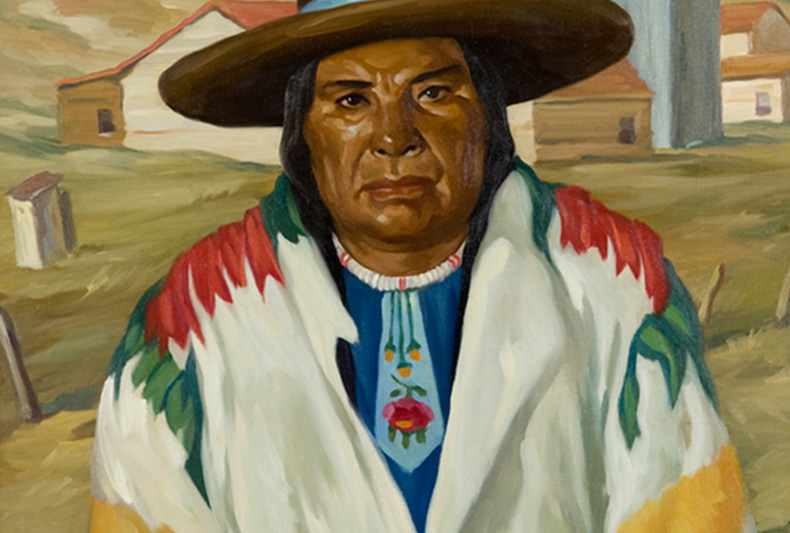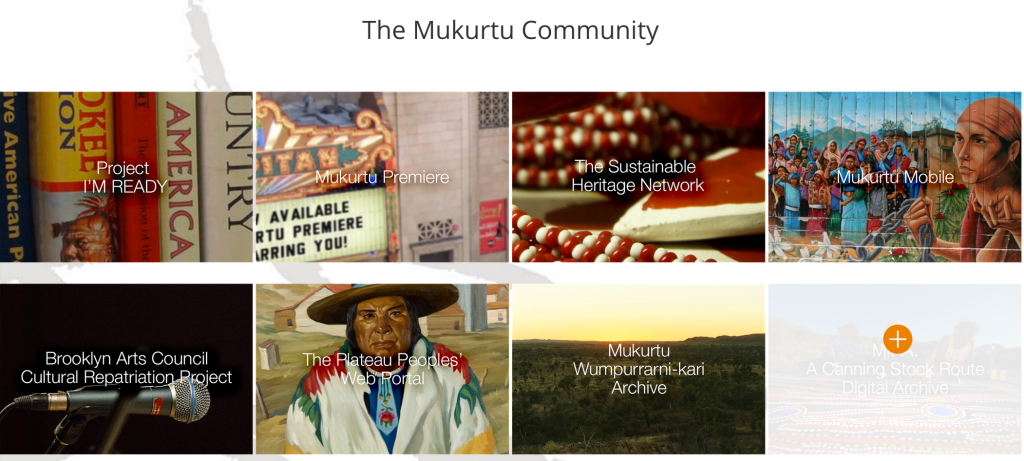Kim Christen Withey, Mukurtu, Washington State University
I’m going to talk about three best practices: ethical exchange, collaborative curation, and sustained support. I like alliterations obviously. These grow out of my role as project director of Mukurtu, which is a free and open source content management system built with the needs of indigenous communities in mind, but I think these are just three best practices in general. That was the charge so I’m sticking to it.
The first is ethical exchange. Whatever your content is—collections, metadata, whatever it is—the sharing should be based on a clear set of understandings of the stakes of all of the parties involved in the project. And these should be spelled out, not assumed. We make a lot of assumptions. There should be ample time set aside at the beginning to define what the stakeholder concerns are, from the very practical—where will the content live, what will happen to it afterwards, ownership versus stewardship—to the cultural. How does the content express community values, or how are community values embedded? We shouldn’t default openness, it should not be assumed that this is what we want at the end. Or are there social mechanisms in place already for how this content accumulates knowledge, etc.? So we have the practical, we have the cultural, and now we have the process.
So how do we think about the process in these sorts of ethical ways? We have to create workflows that honor local systems of knowledge exchange. I would suggest that workflows are really deeply ethical practices because they ask us all to engage with information, materials, and knowledge in deeply personal ways. This is not just a flowchart. These are things from the beginning: the name, the creator, how things move around, where they are shared, how we talk about them. So the workflow is something that should also be examined from an ethical standpoint, not just technical.
The second best practice is collaborative curation. I see curation as sets of practices that are formed around the act of reciprocity, this notion of giving and receiving. Here, in this case, it allows us to not just think about bringing people together, the collaborative part, but to also understand how many stakeholders can work together without expectations of expertise weighing down the process. That is really key, when we bring stakeholders together in a collaboration and try to level the playing field in one sense, to just look at what everybody brings to the table without that notion or expectation of expertise. So the goal here is giving and receiving.
The second part of that is, if curation is generally understood within archives and libraries as adding value to collections, I see collaborative curation as providing locally-based context in really meaningful ways. That meaning can be made historically, linguistically, socially and culturally, all of which then enrich the records. Importantly, they also enrich the communities by facilitating those connections with collections in embodied and tactile ways. So actually engaging with the collections, being with them, just being in the space, is really an important process. Collaborative curation at its best is a material cultural practice that brings content to life.
The third best practice is sustained support. This is really about trust building. Support is both establishing and maintaining relationships of respect. Respect is the baseline: respect for diverse sets of values and understandings about knowledge circulation, management and preservation; respecting both the how and the why of a community’s value system as it relates to knowledge production. So how do communities themselves see knowledge production? Why is it important? What is actually happening? Set aside a lot of time to get at this in a really ethnographic micro-sense.
These issues of respect, then, will provide the foundation for support. Not just technical support, and I’m not going to dive into technical support because I think we all know about that. That is a critical factor of course. But just as fundamental, and sometimes overlooked in digital projects, is ongoing community engagement as support. It extends the tool, the project, the data, and loops back into maintaining those relationships in sometimes unexpected ways. What do people want to do with that data once the project is over? “Oh, now we are going to engage school kids in a classroom.” So how can we support extending the project? That is a support that only happens if you think about establishing and maintaining relationships for the long term.
All of these three for me come back to the mantra that we are first and foremost creating relationships, not records.
This presentation was a part of the workshop Engaging the Public: Best Practices for Crowdsourcing Across the Disciplines. See the full report here.



![[Video] Afrocrowd Works With Libraries and Museums to Improve Representation on Wikipedia](https://www.crowdconsortium.org/wp-content/uploads/Screen-Shot-2015-11-23-at-4.04.07-PM-500x383.png)
![[Video] Cooper Hewitt Part 2: Building a More Participatory Museum](https://www.crowdconsortium.org/wp-content/uploads/21900187798_0a03dfec0a_k-500x383.jpg)
![[Video] Cooper Hewitt’s Micah Walter on Museums and #Opendata](https://www.crowdconsortium.org/wp-content/uploads/Screen-Shot-2015-11-10-at-2.25.30-PM-500x383.png)